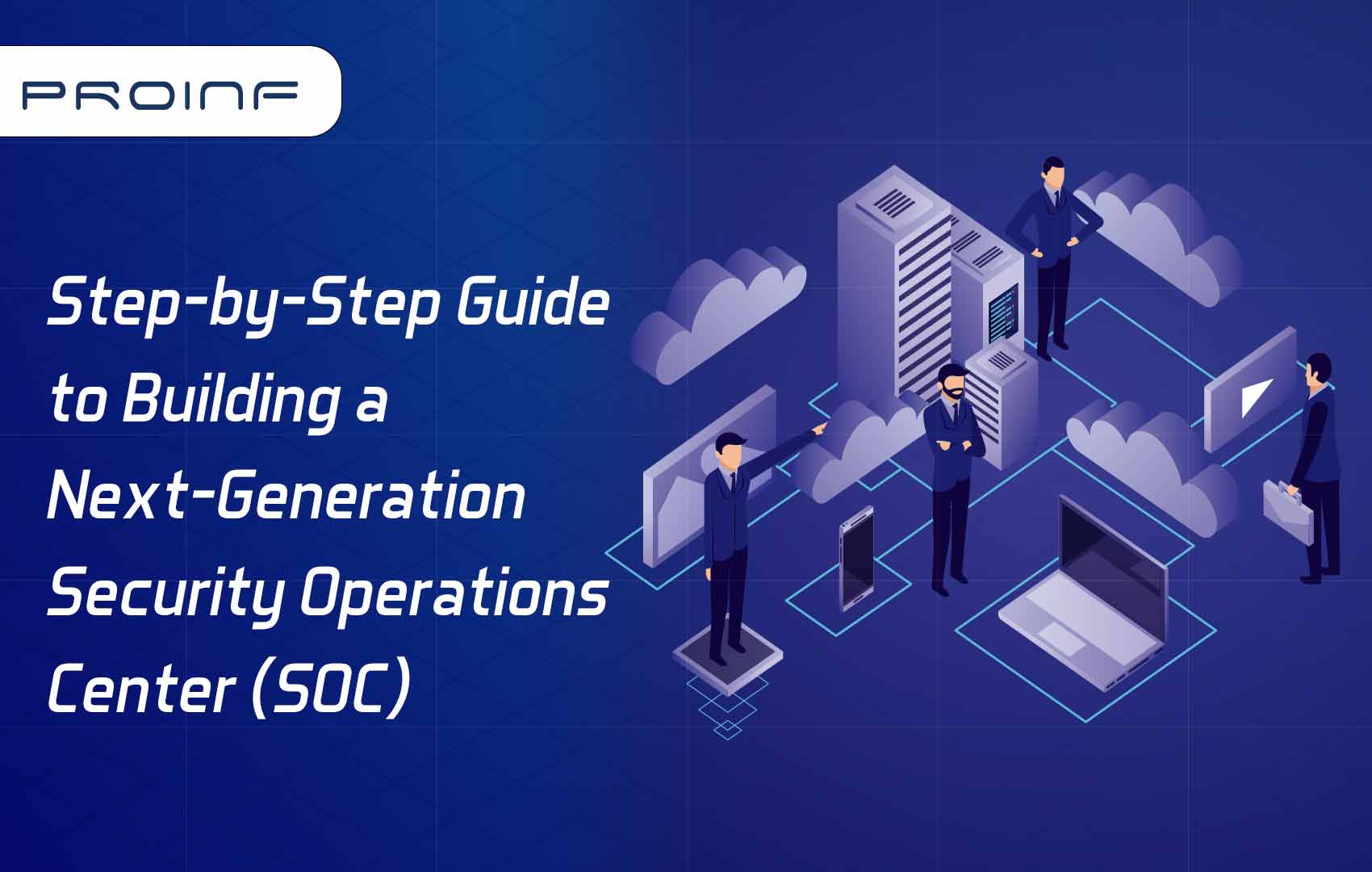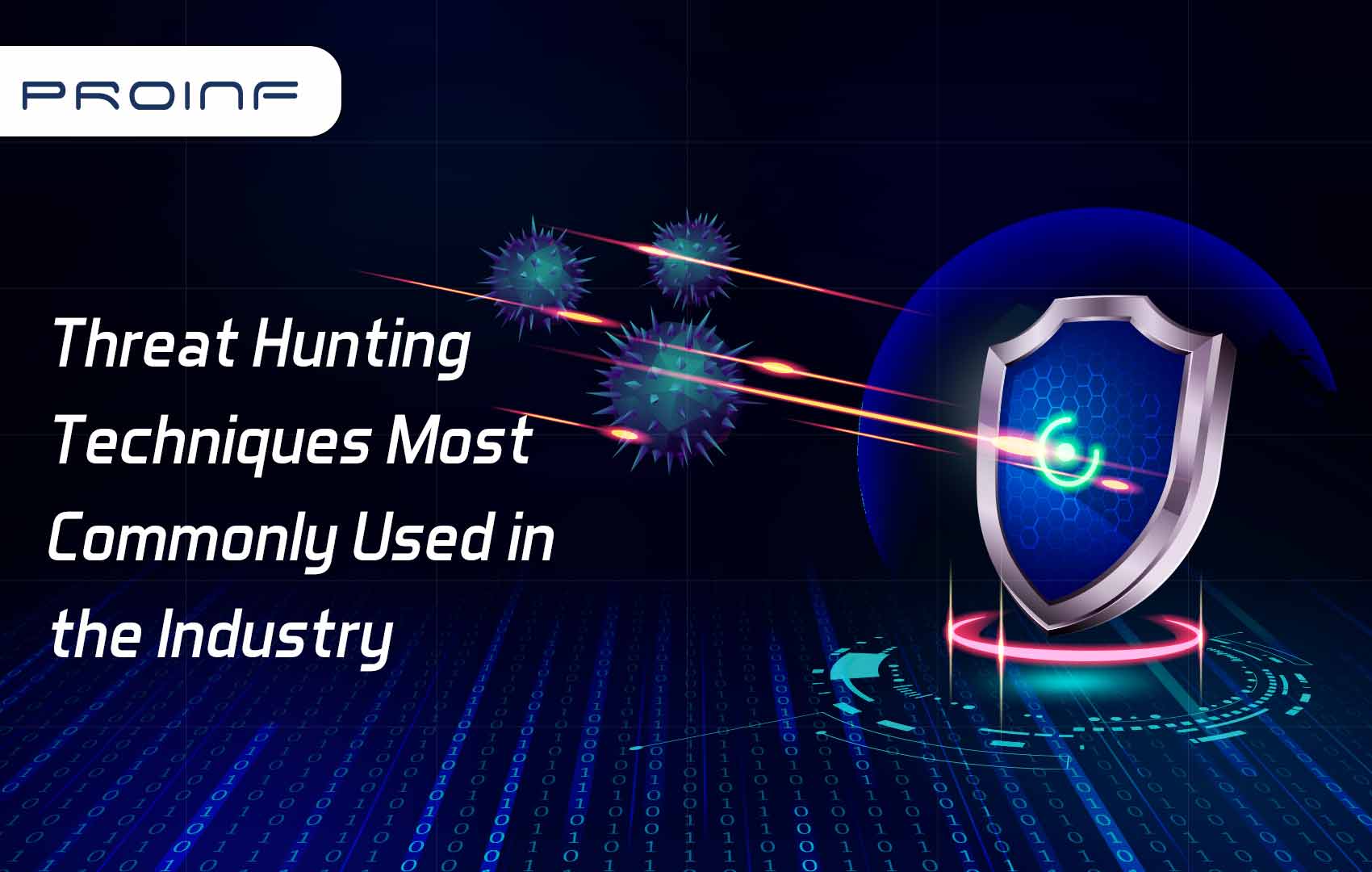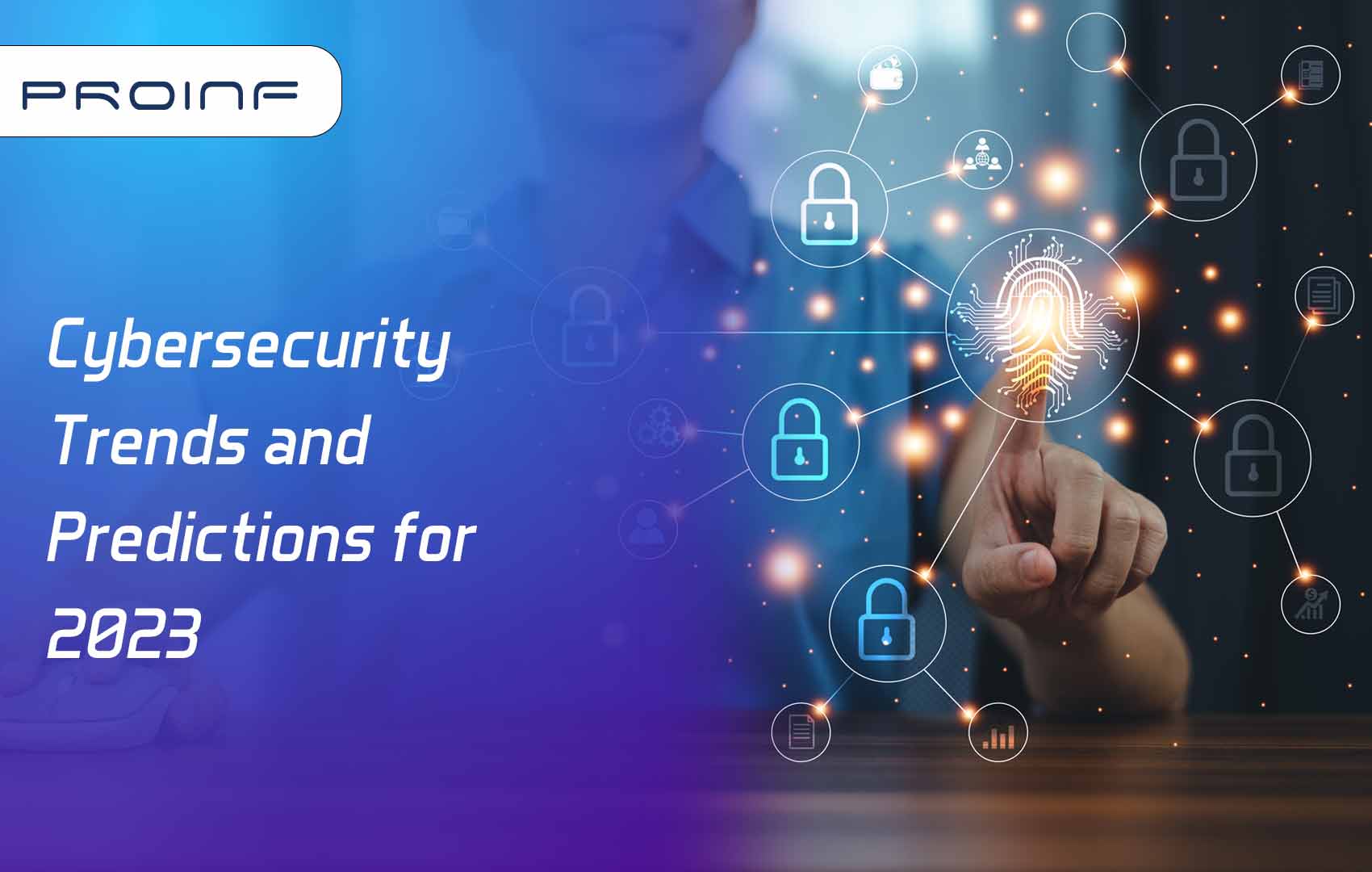What is Zero Trust – How Proinf will walk you thru the Adoption Journey
What is Zero Trust
“Zero Trust” The buzz word picking lot of steam in cyber security world. In simple layman terms Zero Trust is “I don’t Trust Anyone, and I will always verify at each level of access”. For enterprise the idea of “Zero Trust” is a Security Architecture/model, which emphasises that users & devices should not be trusted by default, even if they are connected within a trusted network such as a corporate LAN and even if they were previously verified.
Traditional VPNs are considered perimeter-based, where enterprise resources are fortified behind a firewall (trusted network), whereas Zero Trust is perimeter-less and does not differentiate between “Trusted or Untrusted Networks and access to enterprise services and applications is based on the identity, authentication, authorization, and context (policy compliance and device health).
Why Zero Trust
The digital transformations have broken the traditional barriers of perimeter-based security models, and with more and more enterprise applications and workloads moving from corporate-owned data centres to the public or hybrid cloud. The growing Software-as-a-Service (SaaS) or even Platform-as-a-Service (PaaS), the perimeters of enterprises have grown beyond to such an extent CTOs/CIOs are forced to look at perimeter-less security solutions.
One of the primary reasons identified for several high-profile cyber security breaches is – “misuse, abuse or exploitation of VPN systems or breaches through third parties — either by exploiting access or compromising software repositories in order to deploy malicious code.
Traditional perimeter-based security is capable of watching the north-south movements, and once an attacker has made it through your external perimeter, the whole network is accessible, and the data is up for grabs by attackers who can make lateral movements scot-free inside the network.
The evolving security threats and the rise in security breaches enterprises are embracing “Zero Trust Model” of security architecture to ensure the “right individuals are accessing the right resources for the right reasons and are continuously watched for behavioural anomalies”
How Zero Trust Model Will Protect Enterprises
Organization should know their “Infrastructure Landscape” – End-users, On-premises, Cloud, SaaS, PaaS and how these services. Once visibility is established and have an accurate view of the network (what is and where it is) it would be easy to identify what needs to be protected.
The Zero Trust Model will give organization more visibility and control over the access and activities of all machines, users, and applications. Tools with AI & ML capabilities will automate context collection and response, incorporate user/machine behavioural data and get context from the entire IT stack (identity, endpoint, workload, etc..) for the most accurate response.
How Proinf will help you in your Zero Trust Adoption Journey
This is not a “One-size-fits-all” solution, the ever-growing cyber security threats demand are pressing the enterprises to accelerate Zero Trust adoption. The first steps to get started with Zero Trust Adoption Journey are “Visibility & Monitoring”. The biggest challenge for Enterprises to adopting a Zero Trust architecture in not because of lack of security tools but lack of talent & time.
Proinf’s Professional Services Team help you make this journey smooth and seamless. Our Team of Technology Experts complemented with our partnership with Industry Leading & Garner Magic Quadrant Leaders like Palo Alto, Fortinet & Cisco, has helped enterprises to make smarter technology decisions, increase ROI, reduce risk exposure, and improve your overall visibility and decrease the Mean Time To Respond to threats.
- IT Infrastructure Assessment and Gap Analysis – Assess the IT Infrastructure systems, on-prem, end-users, cloud and SaaS platforms provide you the visibility of “what is and where it is”. Propose industry standard best-practices, tools to protect your critical systems.
- Architecting & Designing – Architecting & designing information systems with cybersecurity as the focus i.e., regardless of the situation, user, user-location, device, source of connection, or access method, cybersecurity is built in by design in every network, connection, and endpoint to address the modern threat landscape
- Planning & Implementation – Build, Setup and configure the Enterprises IT Infrastructure systems/services which will minimize and mitigate cyber security risks in a time bound manner.


